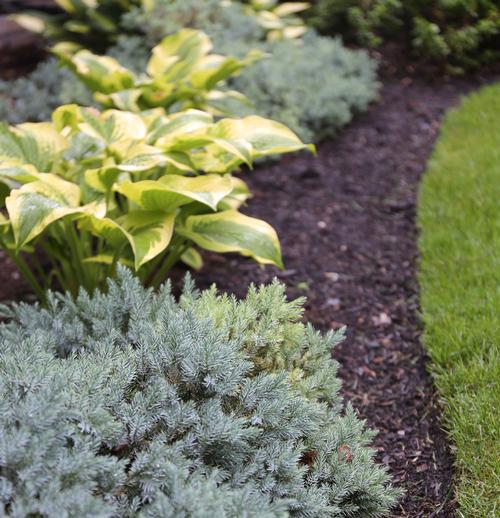Get Your Garden Off to a Great Start
As the days begin to lengthen and winter turns to spring, gardeners everywhere breathe a collective sigh of relief. At last, we can look forward to having flowers in bloom!
Enthusiasm and months of pent up energy is a good thing, because spring to-do lists can be overwhelming. Here are six tasks that deserve to be near the top of your early spring checklist. Tackle them now and you’ll reap the benefits all season long.
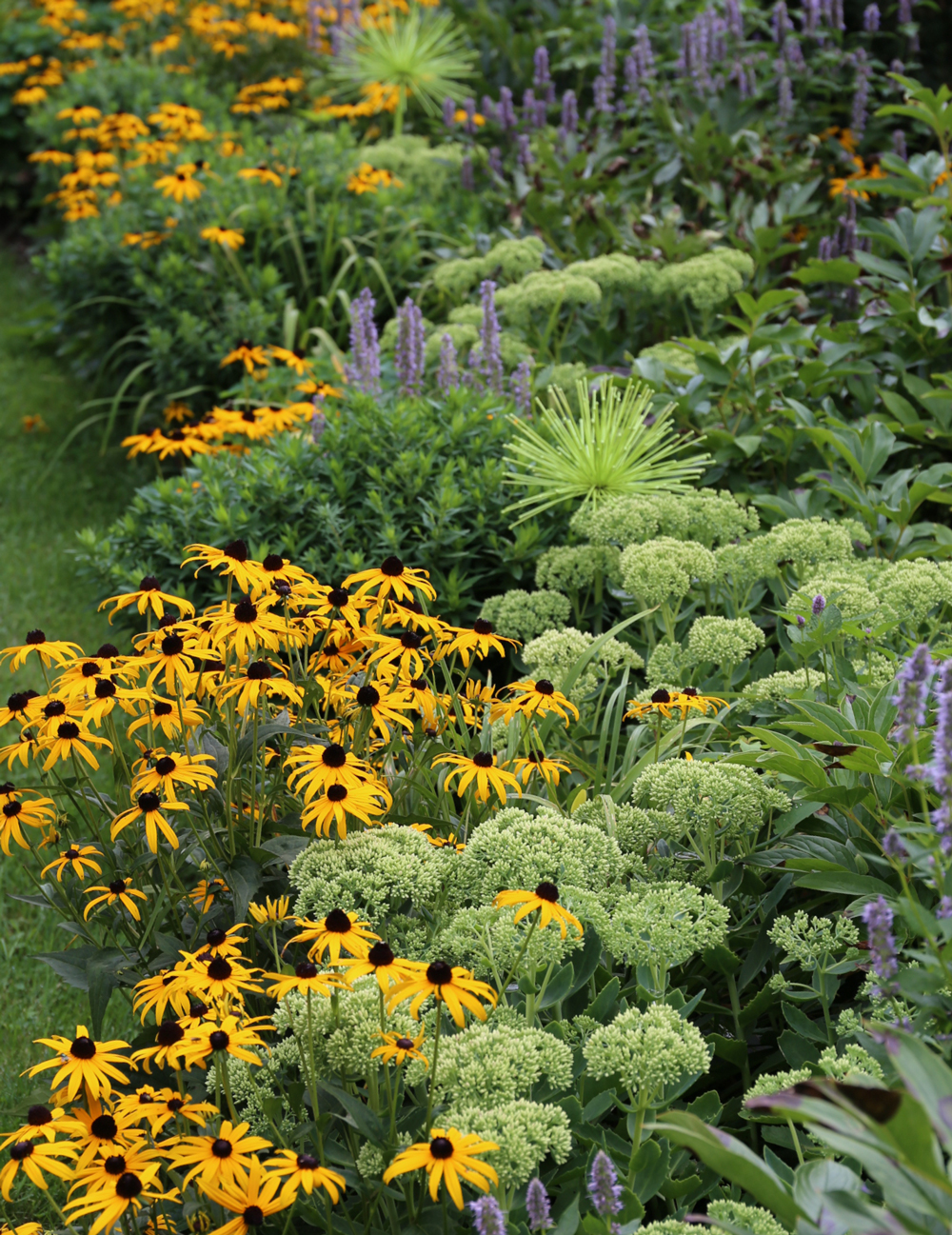
Divide and Conquer Existing Perennials
One reason to divide perennials is to generate additional plants for your own garden and to share with friends. But there’s another more important reason. Many perennials need to be divided regularly to maintain an attractive appearance.
Slow-growing, long-lived perennials such as peonies, clematis, baptisia and goatsbeard almost never need dividing. Those that grow faster may need to be divided as often as every three or four years. If ignored, they start encroaching on their neighbors, develop dead spots in the middle, and may stop blooming. Perennials that should be divided regularly include sedum, aster, yarrow, iris, shasta daisy, rudbeckia, daylilies, garden phlox, creeping phlox, and ornamental grasses.
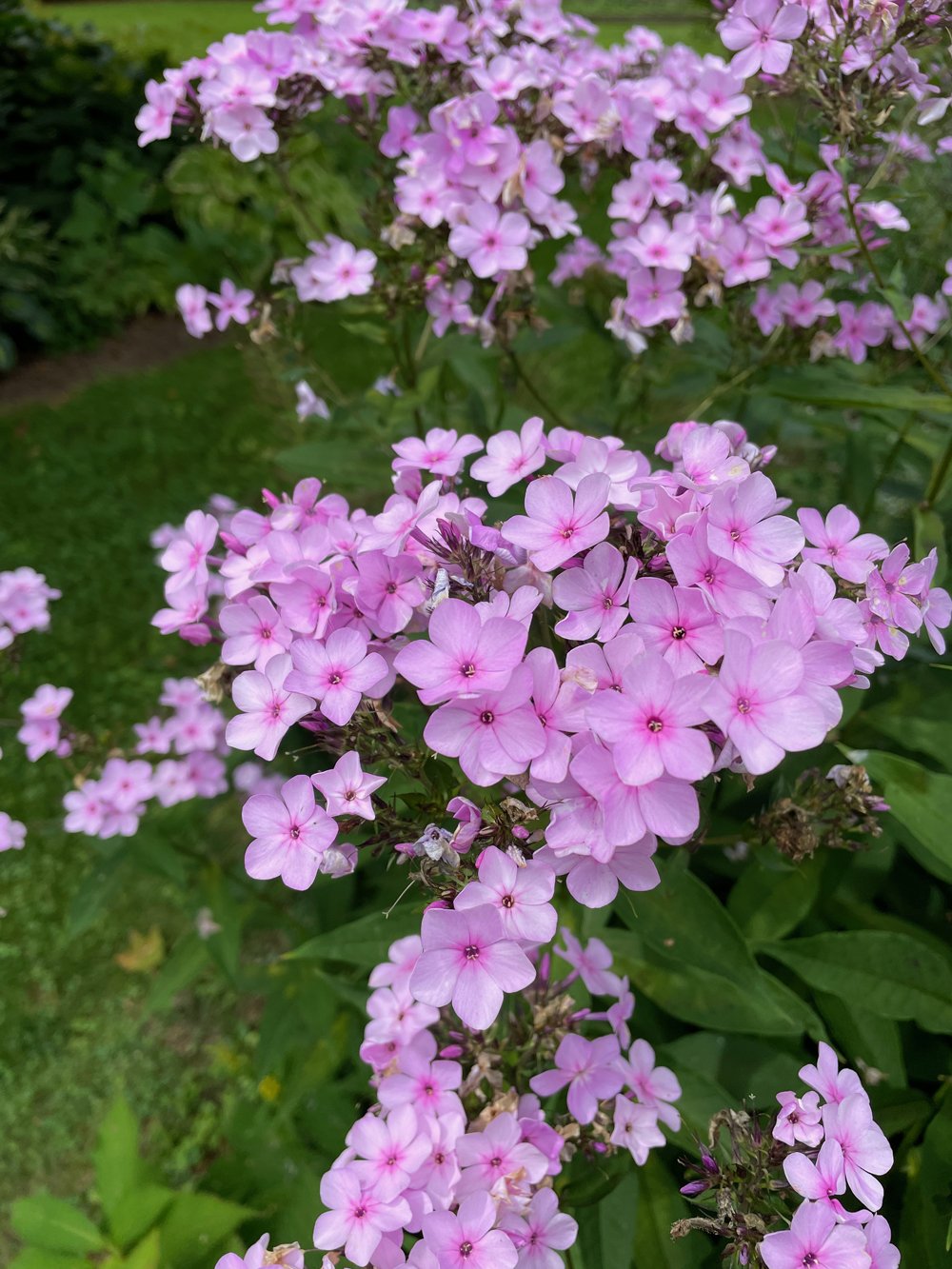
The best time to divide perennials is early spring when plants are just starting to wake up. There are two approaches. The easiest is to use a spade to chop the plant in half. Remove one chunk and then adjust the one that remains so it sits in the middle of the space. The other option is to dig up the entire plant and put it on a tarp. Then you can either cut it into pieces or pull it apart into more manageable clumps. Discard the weak parts and replant only the most vigorous sections.
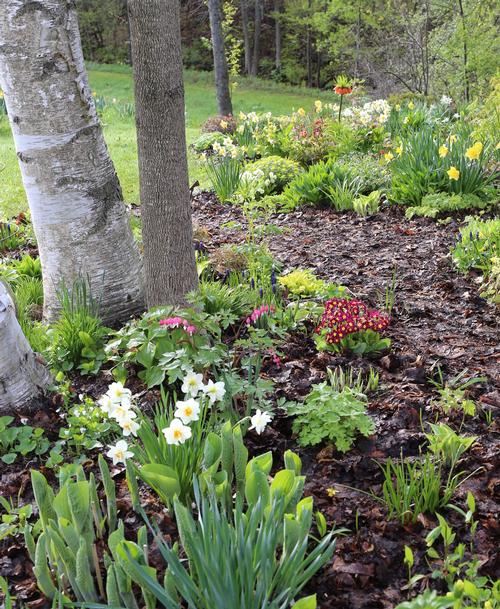
Plant Annual Flowers
Most perennials bloom just once per season – peonies in May, astilbes in June, liatris and crocosmia in July. Annuals, on the other hand, bloom steadily from early summer to frost.
Annuals are usually purchased as young plants from a garden center. But growing plants from seed is both fun and economical. You can grow dozens of plants from a $3.00 packet of seeds. Many annuals will grow from seeds planted right in the garden. Others benefit from a head start indoors under lights. You’ll be surprised how quickly they reach flowering size.
Good annuals for late season color include zinnias, amaranth, verbena, cosmos, bachelor buttons, larkspur, mallow, poppies, sunflowers, marigolds and cleome. Learn more in this article: Starting Flowers from Seeds, Bulbs, or Plants.
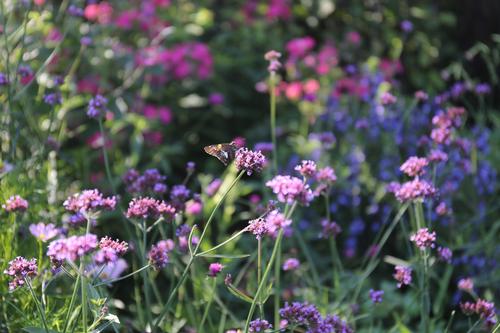
Plant Summer-Blooming Bulbs
Some of the best flowers for late season color are summer-blooming bulbs. These heat-loving plants typically maintain a low profile during the first part of the season, but by midsummer, they are blooming their heads off. Since there’s no need for these plants to produce seeds (like an annual) or begin preparing for winter dormancy (like a perennial), they can continue flowering with abandon right through the fall.
Summer bulbs grow remarkably fast. Plant them in spring and they’ll be mature just a few months later. Consider adding some of these favorites to your flower garden: dahlias, lilies, gladiolus, caladiums, cannas, callas, eucomis and acidanthera.
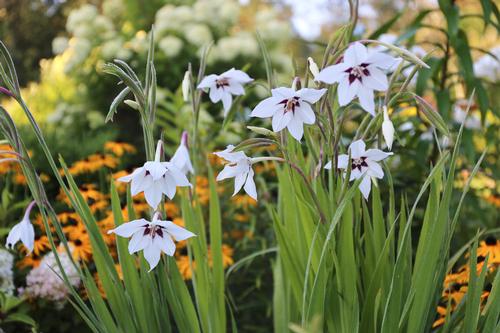
Acidanthera adds fragrance and freshness to late summer flower gardens.
Gear Up for Containers
No matter what size flower garden you tend, containers have an important role to play. They bring a burst of color and interesting texture to places that would otherwise go without. Containers also give you the opportunity to grow unusual plants that may not thrive or look appropriate in a garden bed.
Most gardeners feature containers on their deck, patio, porch, or entryway. But here’s another way to put containers to work. Collect some 2 and 3-gallon nursery pots and fill them with summer bulbs such as border dahlias, Asiatic and Oriental lilies, callas, acidanthera, and even glads and cannas. After planting, put the pots somewhere out of the way until later in the summer. By August, these plants will be hitting their prime and be exactly what you need to perk up a past-its-prime flower bed or refresh a tired-looking planter.

Shape and Prune Shrubs
Gardens often incorporate shrubs to add privacy, frame views and help create a sense of enclosure. But it’s easy for shrubs to outgrow their intended space. With an early spring pruning, you can keep them at a size that’s appropriate for the garden.
Early spring is a good time to prune any shrub that’s evergreen. It's also the right time to prune deciduous shrubs that bloom between July and September. These include hydrangea, butterfly bush, clethra, roses, trumpet vine and beautyberry. Pruning before shrubs leaf out makes it easier to see their overall structure and identify problem areas.
Shrubs that flower in spring or early summer (before mid-June) bloom on buds that were formed the prior year. Wait to prune these plants until right after they flower: forsythia, lilacs, azaleas, mock orange, deutsia, and spirea.
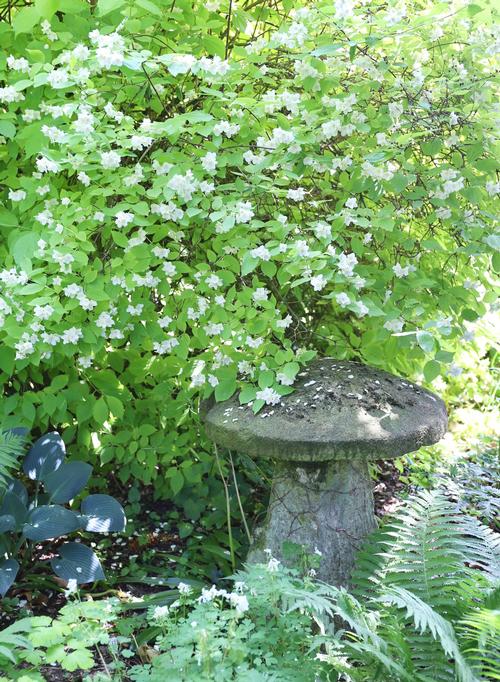
Edge and Mulch
There’s no quicker way to spruce up a flower garden than to give it a neat edge, and early spring is the best time to do it. You can use a hand edger with a half-moon head, a sharp, flat-headed spade, or an electric or gas-powered edger.
For a more permanent option, consider installing a continuous barrier made of plastic or steel. Done right, permanent edging is all but invisible and lasts for decades.
Spring is the most important time of year to invest in your garden. Every task is easier when the weather is cool. Plants are more resilient when they are just getting started, and better able to tolerate being pruned, divided, and relocated.
